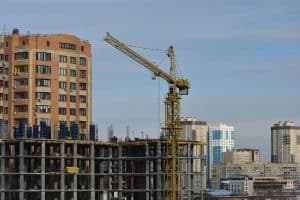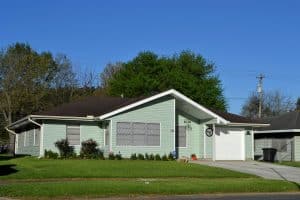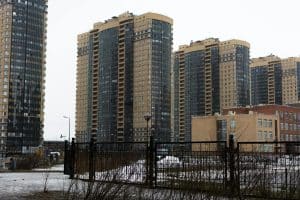Neighborhood Revitalization Success Stories
Neighborhood revitalization is a crucial aspect of community development, breathing new life into areas that have suffered from neglect or decline. This process involves revitalizing the physical environment, restoring social and economic vitality, and promoting sustainable growth. As cities across the country continue to evolve and grow, we are seeing inspiring success stories of neighborhood revitalization that are making a real difference in the lives of residents. In this article, we will take a closer look at some of these success stories and explore how they are creating thriving communities for all to enjoy.
Englewood, Chicago – A Community Reborn
The Englewood neighborhood on the South Side of Chicago was once known as one of the city’s most violent and impoverished areas. But through a collaborative effort by community leaders, residents, and city officials, Englewood has seen a remarkable transformation over the past decade. The revitalization of this neighborhood began with a focus on public safety and the creation of community resources, including a new police station and a major urban farm. Today, Englewood is a vibrant community with thriving businesses, a bustling arts district, and a strong sense of pride among its residents.
The Role of Collaboration
One of the key factors in Englewood’s revitalization was the collaboration between community organizations, city officials, and residents. By working together, they were able to address the most pressing issues facing the neighborhood and develop a comprehensive plan for change. This collaboration also helped to build trust and foster a sense of ownership and responsibility among residents, who played a critical role in the transformation of their community.
The Power of Public-Private Partnerships
In Wichita, Kansas, a successful public-private partnership has helped to revitalize its once-declining Historic Delano District. This partnership involved the city, local businesses, and community organizations working together to renovate buildings, improve infrastructure, and attract new businesses. The result is a thriving commercial district that has brought in new jobs and boosted the local economy. This successful partnership model has been replicated in other areas of the city, helping to spur revitalization and create a better quality of life for residents.
Investing in Public Spaces
Another key element of neighborhood revitalization is the investment in public spaces. In Detroit, Michigan, a group of residents came together to create the Brightmoor Artisans Cooperative, a community space that provides access to tools, equipment, and classes for woodworking, metalworking, and other creative pursuits. This project not only helped to beautify the neighborhood, but also created a sense of connection and pride for residents by providing a space for creative expression and social interaction.
Challenges and the Road Ahead
While the success stories of neighborhood revitalization are inspiring, there are still many challenges that need to be addressed. One of the biggest obstacles is the issue of displacement, as gentrification can often lead to long-time residents being forced out of their homes due to rising property values. This problem can be mitigated through strategies such as community land trusts and affordable housing programs, which help to maintain affordable housing options for low-income residents.
The Importance of Sustainability
As we continue to revitalize our neighborhoods, it is crucial to keep sustainability at the forefront of our efforts. This means considering the long-term impact of development on the environment, promoting green spaces and sustainable transportation, and ensuring that residents have access to basic needs such as healthy food options. By prioritizing sustainability, we can create long-lasting change that benefits not only the current residents, but future generations as well.
Neighborhood revitalization is an ongoing process, one that requires collaboration, dedication, and a long-term commitment to creating healthy and vibrant communities. By learning from successful revitalization efforts and addressing challenges along the way, we can continue to create more success stories that make a positive impact in the lives of residents and build stronger, more inclusive communities for all.










